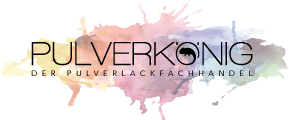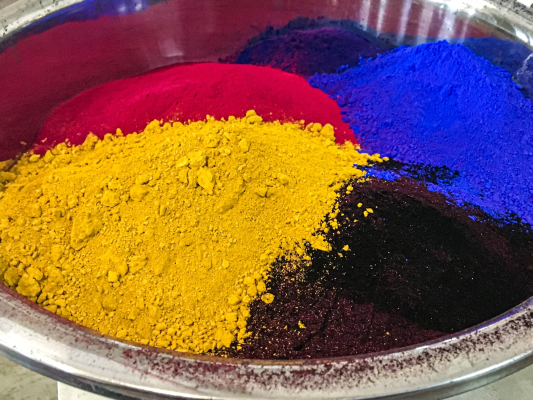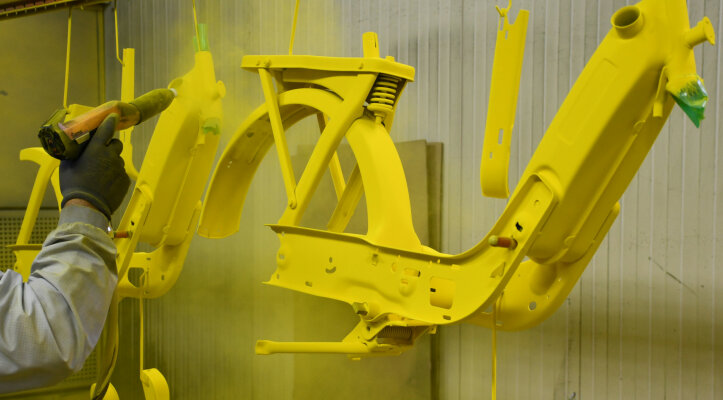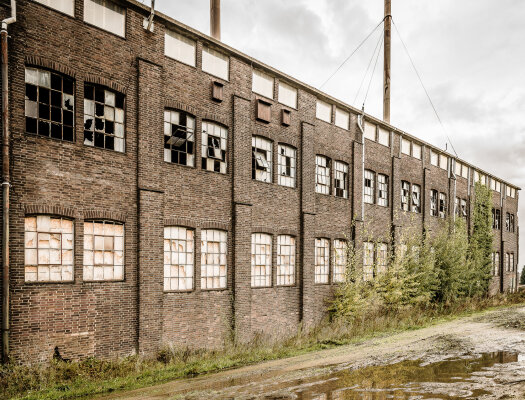Powder coatings are organic coating materials which, after application, are melted or chemically crosslinked by the action of heat on the coated surfaces. As a result, the powders produce a closed, well-adhering coating. Powder coating, like painting in general, has two main functions: a decorative and/or functional protective one. The powder coating has the following functions:
- a decorative one in that the powder coating gives color, gloss, flow/texture to the surface, and
- a functional function in terms of mechanical stress, corrosion resistance, weathering, chemical resistance and electrical insulation.
The composition of powder coatings
Compared to powder coatings, conventional wet coatings consist of a three-substance system: binders/film formers, pigments, solvents. The solvents are decisive for the properties and production of the coating. Powder coatings are basically composed of a two-substance system:
- binders (resins, hardeners, accelerators)
- Pigments and colorants
To further modify the properties of powder coatings, other substances such as fillers and additives are used in the production process.
Binders/film formers
The binders make up the largest part of the composition; they also form the coating film that coats all the other components in the powder coating.
A distinction is made between thermosets and thermoplastics. Nowadays, mainly thermoset binders are used in electrostatic powder spraying (EPS), while the thermoplastic powder coating systems are applied by the fluidized bed process.
Resins
- Polyester
- Epoxy
- Acrylic
- Glycidyl acrylate
Pigments and dyes
Pigments enable the opaque, colored impression in powder coating. They must meet various requirements in order to be used. For example, thermal resistance during baking or compatibility with other powder coating components. In general, a distinction is made between inorganic and organic pigments, the latter playing a significant role in the production of intense, strong colors (red and yellow) and generating high costs in production due to the limited choice of raw materials. Functional pigments are also used, which consist mainly of anti-corrosion pigments, such as zinc phosphates. The aim here is to achieve an additional protective effect for the substrate.
In comparison to the pigments in the powder coating, dyes are soluble, which results in glazing color impressions after baking, as in the case of glazes, for example. It should be noted here that the substrate and the layer thickness of the glaze are decisive for the final color result. A disadvantage of using colorants is that they are less resistant to weathering.
Additives
There are a variety of additives that modify and/or supplement various powder properties. Examples are, leveling agents, degassing agents, matting additives, structure and texture additives and many more. In clear coat powder coatings, UV absorbers are also added. The overall concentration of additives is limited to 0.1 to 1 %, since overdosage would have the opposite effect.
Fillers
The fillers mostly consist of natural minerals, such as barite, feldspar, chalk or quartz sand. These give the powder coating film its special properties and influence macroscopic effects on the coating film.
Production of powder coatings
In order to disperse (mix) the pigments, the production of powder coatings must be carried out in "liquid phase". Simple mixing would not be sufficient, the consequences would be disturbances in the film structure and segregation during processing. As a result, a homogeneous color appearance on the surface would not be possible. This is well known in the case of metallic powder coatings produced by the dry-blend or bonding process.
Production steps
- Mixing and homogenization of the raw materials
- Dispersing the pigments in the extruder
- Cooling of the powder mass (extrudate)
- Grinding, sieving and filling
The binder is melted by continuous supply of mechanical and thermal energy, the viscosity changes from solid to viscous. Now the pigments (and/or additives) are "incorporated" into the binder in the extruder with the aid of high pressure. The viscous and hot powder mass leaves the extruder and is rolled out evenly via a conveyor belt system (see photos), so that the temperature can drop quickly. The resulting "powder sheets" are then crushed, ground, sieved and filled.
Powder coating production extruder conveyor belt
The pictures show a part of the production process. The first photo shows how the powder mass is pressed out of the extruder and rolled wide on the conveyor belt for cooling. The second photo shows the crushed powder plates, which are then ground into powder.
Further developments of powder coatings
Low temperature curing powder coatings (NT powders)
Further development of powder coating systems means that curing temperatures can be lowered to 140 °C or lower. This opens up further possibilities for processing various substrates, such as wood, glass or plastics. Powder coatings are used economically in the MDF and plastics industries, where they meet decorative requirements. There are limitations with regard to the color selection and the degree of matting, so no matt products can be offered.



